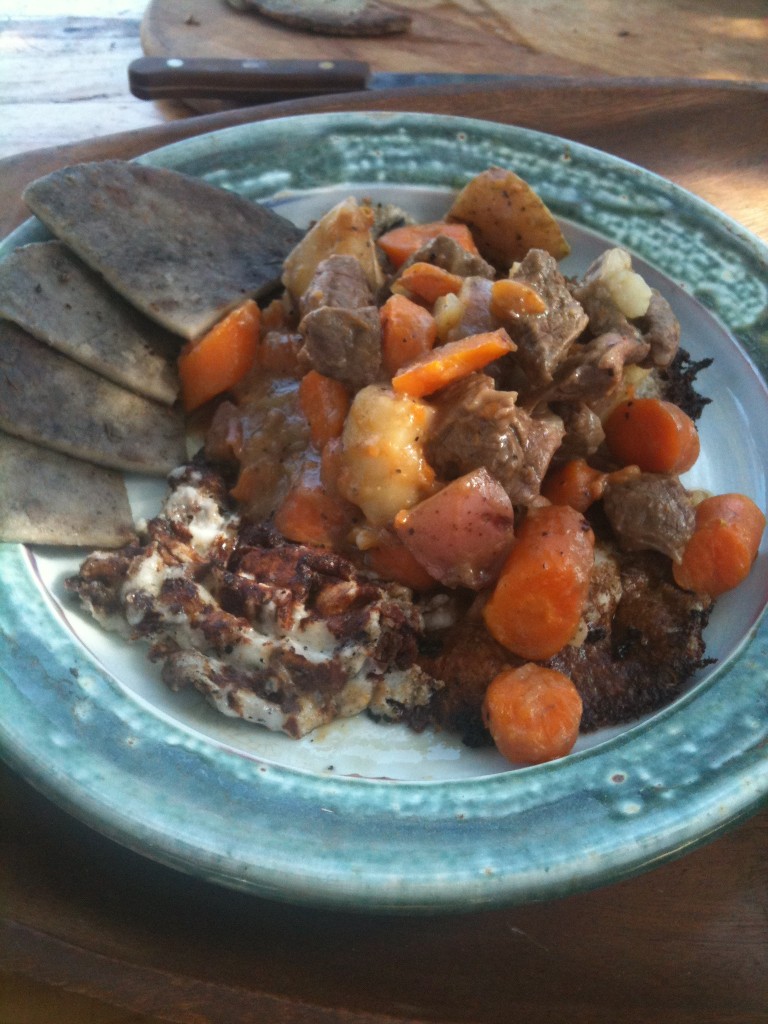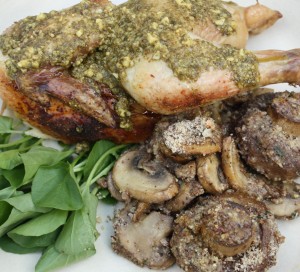One of my favorite grains is barley. Fairly versatile, I can use it for breakfast, lunch or dinner. Eating sparingly and not overdoing it, barley can provide a tasty addition to any meal. In the case of the recipe below, the Beef Barley Soup is an old world recipe. If you do not care for the taste of turnips and parsnips, feel free to substitute other vegetables. I’ve heard green beans and peas make a wonderful addition. The dish is perfect for the cold weather of winter.
Middle Eastern Pasta
Growing up and attending modern schools, I heard the story about how Marco Polo brought pasta to Europe from the Far East. In fact, pasta was already established in southern Europe by the time Marco Polo began his journey along the Silk Road.
What I later learned was that products similar to pasta existed during the 1st century AD (the Etrusco Roman era). Made from durum wheat and water, “lagane” was very similar to modern lasagna. However, instead of being boiled, it was cooked in an oven along with chickpeas and spices.
Conquered cultures have often adopted languages, foods, sciences, and arts from invading cultures. The Arab invasions of the 8th century were no exception and impacted much of the culinary cuisines along the Mediterranean Sea and this includes what we now know as pasta.
Modern pasta is usually served with a sauce that is tomato-, vegetable-, seafood-, meat- or cream-based. But that was not so in the early versions of pasta. The Arab version of pasta contained cinnamon, clove, dried fruit like figs and raisins and it tasted both semi-sweet and semi-spicy. As time went on, invaded cultures began changing this recipe to fit their own ideals and tastes. The exotic spices were removed as people began adding their own items to the dish – vegetables, calamari (squid), fish, pork, and chicken. Sauces were developed when cooking the aforementioned items in olive oil or butter, with wine and, once reduced (cooked-down), they were added to the pasta.
Roast Quail with Dandelion Pesto with Field Mushrooms and Hazelnuts
Populations in urban areas have lost touch with their roots. Not necessarily ethnic or cultural, but the understanding of where food comes from and how it arrives at the market. The locavore movement encourages individuals to use locally raised and produced ingredients and this movement has been gaining momentum while aligning itself with the modern day “green” practices while supporting local farms, businesses, and industries. If you know what you are looking for, foraging can produce tasty snacks, salads, side dishes, and main courses for any cook.
Before going out on your foraging adventure, it is important to study what items are edible and which are not. Many cities offer community education courses regarding foraging and there are several books and websites available on the topic; I recommend ecosalon.com/foraging-for-food and foraging.com. Beginners should stick to easily identified items and avoid mushrooms altogether and all foraged items should be washed before eating raw or cooking.
Continue reading “Roast Quail with Dandelion Pesto with Field Mushrooms and Hazelnuts”
Cock-a-Leekie Soup (15th century)
Cock-a-Leekie Soup (15th century)
Ingredients:
1 chicken, deboned
1lb leeks cleaned and cut into 1-inch pieces
4 pints vegetarian or chicken stock or water
1/2 cup long grain rice
One teaspoon brown sugar
Salt and pepper
bay leaf, parsley, thyme
1/4 lb chopped bacon
Fry up the bacon in a large saucepan and add the chicken once the bacon is about half done. Continue stiring until the chicken is about half done (7 minutes). Add broth/water and cover. Add three-quarters of the leeks, (green as well as white sections), herbs (tied together in a bundle), salt and pepper and return to the boil. Simmer gently for 2-3 hours, adding more water if necessary. Add the rice and the remaining leeks and simmer for another 30 minutes. Check for flavor and serve with a little chopped parsley. Serves 6/8 people.
Lamb Stew and Farrells
The following recipe was made during the final weekend at the Minnesota Renaissance Festival on October 1 – 2, 2011. This particular recipe (and the farrells) are a favorite at the family’s dinner. I hope you enjoy it too!
Lamb Stew

2 lbs of lamb stew meat
1/4 cup of butter or oil
1/4 cup of flour
1 lb of sweet potatoes, 1” cubes
2 lbs red potatoes, 1” cubes
1 lbs of carrots, 1” pieces
1 lbs green beans (optional), halved
1/2 lbs onions or leeks, chopped
4 cloves of garlic, minced
2 sprigs of rosemary
2 tsp. Thyme
Kosher salt (to taste)
Black pepper (to taste)
Make sure the stew meat is cut up into 1” cubes. Preheat oil or butter in soup pot. As it heats, coat the meat with flour until browned. Once browned, add enough water to cover the meat, bring stew to simmer for 45 minutes.
While cooking, cut up vegetables. After the meat has cooked for 45 minutes, add the vegetables, spices and herbs. Add more water if needed (should only cover the stew). Continue to cook until vegetables are fork tender. Stew should have a think consistency. Add salt and pepper to taste. Let stew rest off of heat for 15 minutes prior to serving. Serves 6-8 people.
Potato Farrells
Ingredients:
2 cups of mashed potatoes
2 cups of flour
2 eggs
2 TB softened butter
1 tsp of baking powder
3 TB Chopped chives
bacon fat or oil (it tastes a lot better with bacon fat!!)
Mix the potatoes, flour, baking powder, eggs butter and chives together in bowl to form soft dough. Flour your cutting board to continue to work dough so that it bounces back from finger press.
Separate the dough into farrells (quarters) and roll each section out to the size of a small salad plate. Heat oil/bacon fat in fry pan and fry each “patty” until golden brown on each side. While finishing the final side, cut it in to quarters again and serve like biscuits. This is a TRUE Irish dish and is usually served with a stew.
If you want the dough may be rolled out and biscuits may be cut. It is important to press down and lift up to remove the biscuit. If you twist the cutter, the biscuit will not rise properly.


